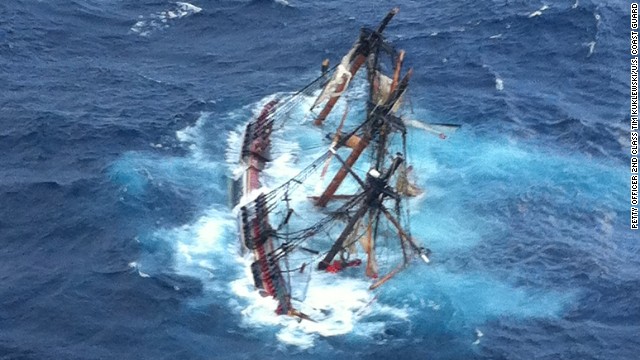(A repost from last year. Enjoy, and remember...this is the first Christmas after the apocalypse!)
'Twas the night before Christmas, when all through the boat,
Not a sailor was stirring, not one soul afloat.
The stockings were hung from the yardarms with care,
In hopes that St. Nicholas soon would be there.
The pirates were scattered all over the deck,
Dreaming of jewels adorning their necks.
The first mate in his hammock, me in my bunk,
Safely above the ship’s treasure trunk.
When out on the sea I heard such a splash,
I instinctively grabbed to protect my stash.
Out of my cabin I flew like a bird,
Slipping and sliding, I looked quite absurd.
The moon it was gone. The sky had turned black.
I knew right away we were under attack!
And what to my wondering eyes should appear,
But a great, hulking warship, drawing quite near,
With a slimy old skipper, at the wheel alone,
I knew in a moment it was Davey Jones.
He ran out his cannons, how quickly they came,
And each of his guns after pirates he named:
"Out Blackbeard! Out Bonny! Out Reade and out Rackham!
Out Davis and Dampier! Arrr, let’s attack ‘em!
Now over the sides!” Davey Jones called.
“No quarter! No quarter! No quarter at all!”
The cutlasses clashed, the pistols let fly,
We fought for our lives, gave it our desperate try.
How could we win against that demon crew?
Our chances were hopeless, what could we do?
And then, in a twinkling, off our starboard beam,
A new ship appeared as if out of a dream.
As I blocked Jones’ sword, and was turning around,
Down the mainmast St. Nicholas came with a bound.
He was dressed all in oilskins, from his head to his foot,
Here was old Santa, in knee-high sea boots,
An elf crew there with him, to avert the attack,
But then Santa stopped and opened his pack.
Coins, how they twinkled! Doubloons, oh, how merry!
Rubies like roses, some as big as a cherry!
Davey Jones he drew up, and he laid his sword low,
And then suddenly it started to snow!
Jones drew on the pipe that he held in his teeth,
And then he blew smoke in the shape of a wreath.
A smile emerged from his tentacled face.
What was a battle turned a right cheerful place.
Jones he stood there with that jolly old elf,
And I laughed when I saw them, in spite of myself.
Jones ordered his crew, with a twist of his head,
To return to the ship; there was no more to dread.
Santa and crew went right to their work,
And filled all our stockings; then he turned with a jerk,
And laying his finger aside of his nose,
And giving a nod, up the mainmast he rose;
He landed on deck and yelled, “Mainsail haul!”
And the elves did make sail, singing “Haul away all!”
And I heard him exclaim, as they went out of sight,
Merry Christmas, me buckos! And fair winds this night!
Copyright 2011, S.L.W.





























